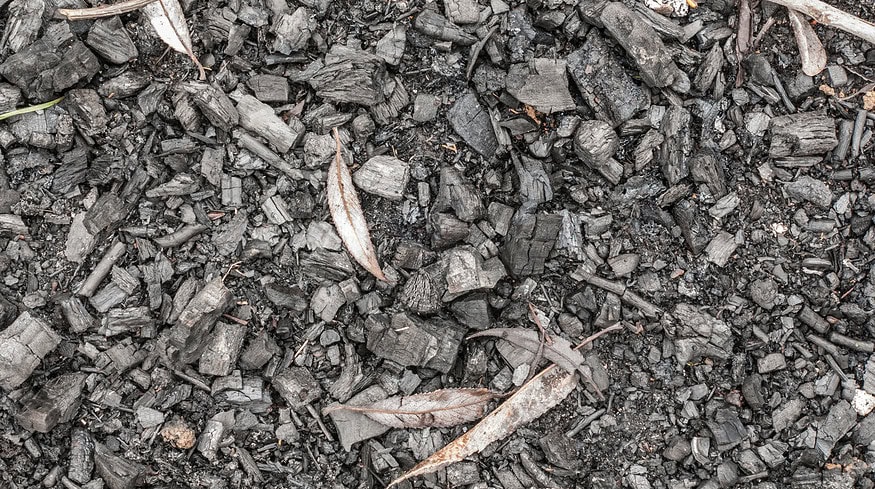Biochar revives as a farming practice that could boost climate efforts

Reducing agricultural emissions is crucial for meeting the U.S.’s climate targets, as farming ranks as the fifth largest source of greenhouse gases in the country. One promising technique, biochar, involves transforming organic waste into a carbon-rich substance that is buried in the soil, thus sequestering carbon dioxide and benefiting crop growth.
Nick Cuchetti from Luebbering, Missouri, utilizes biochar on his family farm, highlighting its simplicity and permanence once integrated into the soil. Biochar is produced by heating organic matter at high temperatures with minimal oxygen, creating a porous material that enhances soil structure and retains nutrients.
The practice is not only about locking away carbon but also about creating a cycle of sustainability on farms by recycling waste such as cornstalks into a valuable resource that improves soil health and crop vitality. Historically, Indigenous peoples in the Americas used similar methods to enrich infertile soils in the Amazon, proving the long-term benefits of such practices.
Scott Booher, who farms in Eastern Iowa, observed significant improvements in soil fertility after applying biochar, reducing the need for chemical fertilizers. This aligns with research suggesting that biochar can retain essential nutrients in the soil.
Despite its benefits, the adoption of biochar is hindered by its initial cost and the nascent state of the industry. However, the recent Inflation Reduction Act in the U.S. could provide new federal incentives for farmers to adopt climate-friendly practices like biochar, potentially overcoming barriers to its wider use.
Enjoyed this story?
Every Monday, our subscribers get their hands on a digest of the most trending agriculture news. You can join them too!















Discussion0 comments